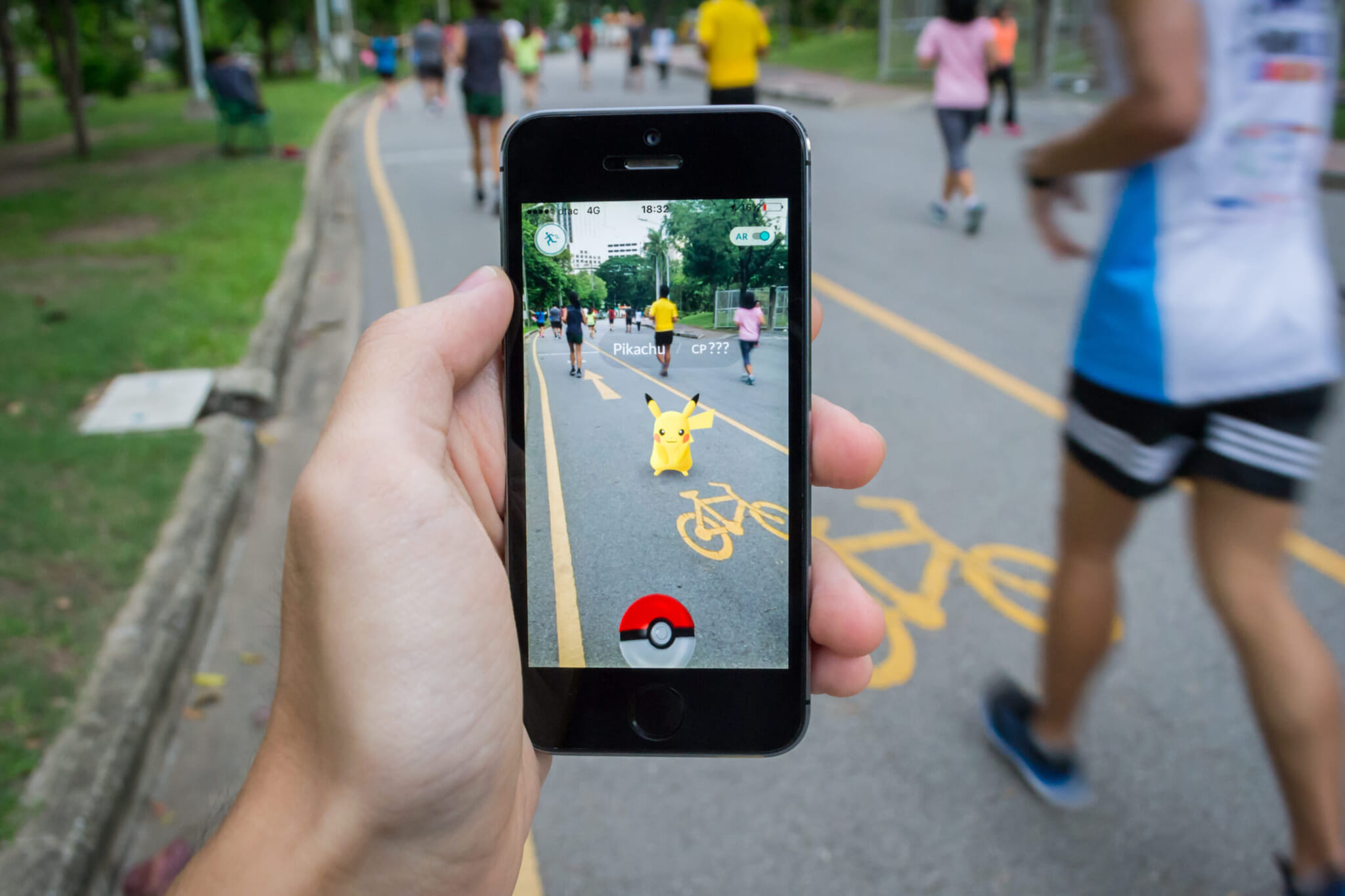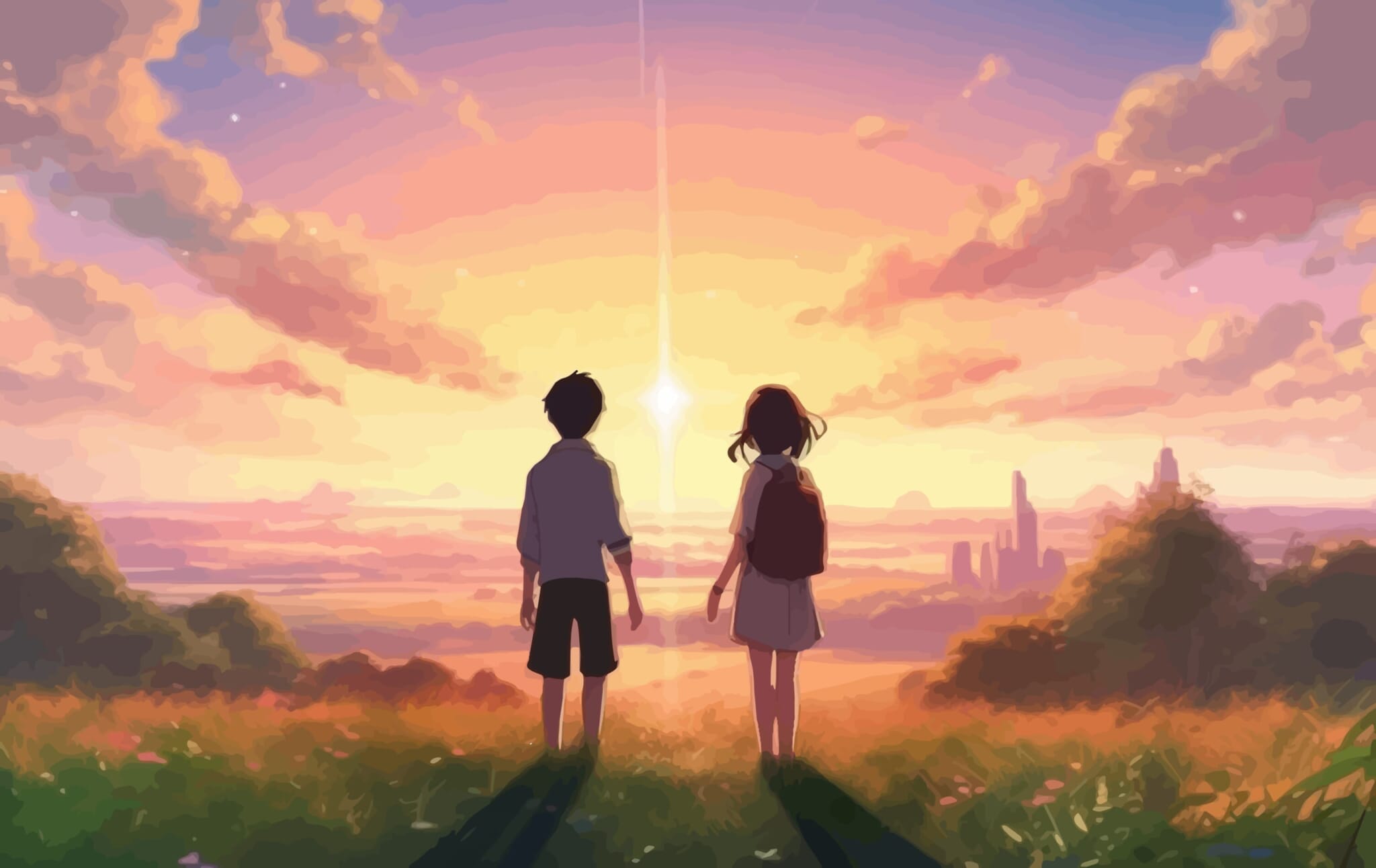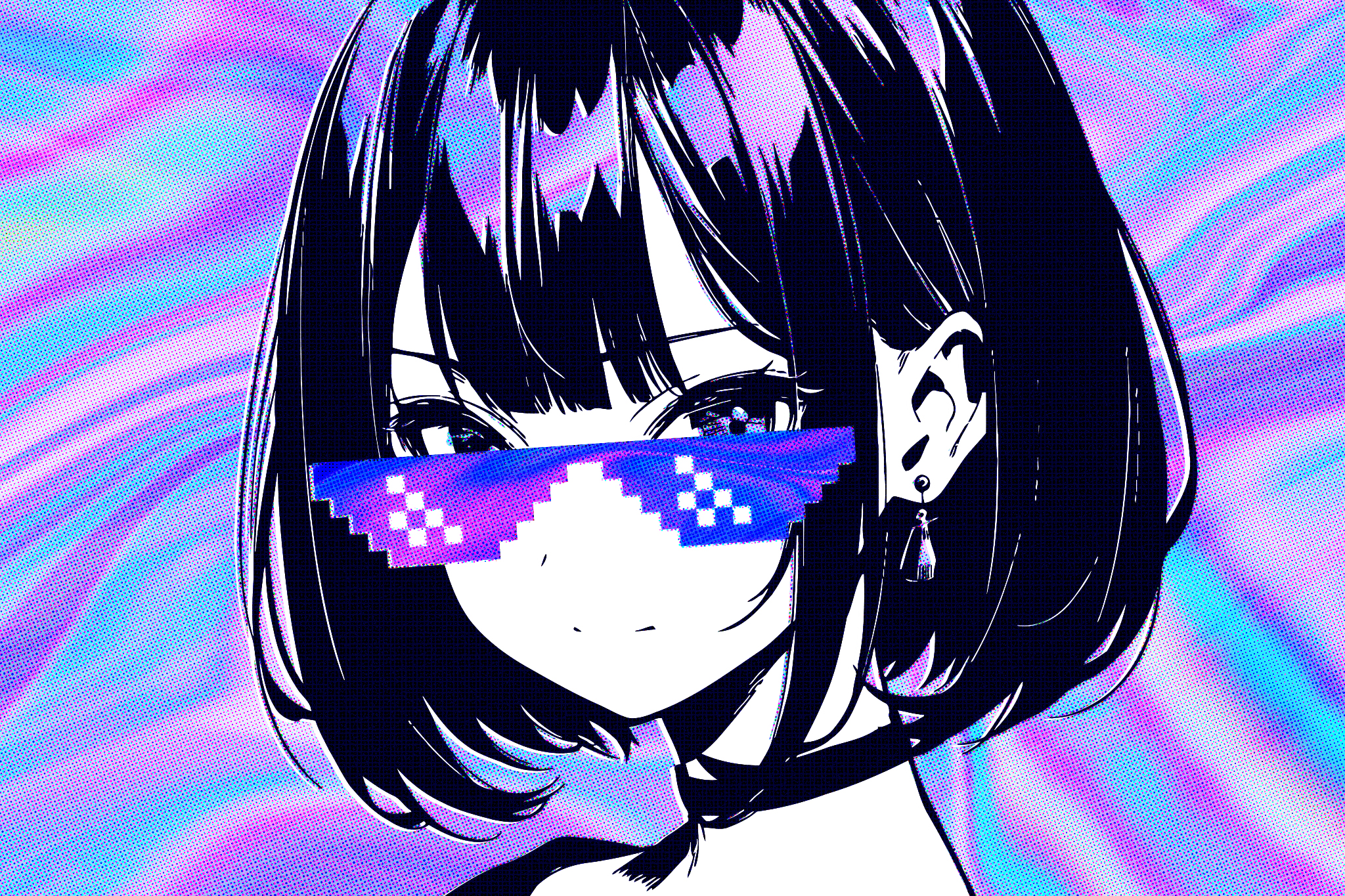It only seems like yesterday that kids were made fun of for doing the “Naruto run” in the playground and “weebs” and otaku were considered outcasts and geeks in the brutal popularity hierarchy of high school. But in recent years, we’ve seen a shift where anime is more widely enjoyed. And possibly even cool. From Kanye West tweeting his love for Akira, to designer brands collaborating with anime franchises, let’s chat about whether anime is cool now and how its reputation has done a complete 180.
Anime in Japan and Abroad
I want to point out that anime was never “uncool” in Japan. Like watching Cartoon Network or Nickelodeon was just part of growing up in North America, anime was part of many Japanese people’s childhood. In Japan, kids grew up watching Doraemon and Chibi Maruko-chan on weekends or buying Shonen Jump to keep updated on the latest chapters of Bleach.
As much as it pains me to say it, anime was not perceived in such a neutral way in places outside of Japan. It would be remiss of me to not bring up the race component. Anime shows were decidedly thought of as “Asian cartoons,” and not always with a positive connotation. In countries outside of Asia, xenophobia probably had a part in giving anime its reputation of being “cringe.”
Now, however, Asian culture is trending. K-pop, bubble tea, ramen and anime are enjoyed by people all over the world. Asian culture has entered the mainstream. The fact that a whole continent’s culture is finally entering the ranks of popularity in the Western world isn’t quite palatable, but it’s better than being made fun of.

Accessibility of Anime
Anime becoming popular could also be a result of something as simple as accessibility. In the 1990s, anime was brought to the U.S. on channels like Kids’ WB, Fox Kids and Toonami. Famous shows such as Pokémon, Dragon Ball Z, Naruto, Sailor Moon and Yu-Gi-Oh! subsequently became household names. Pokémon remains the highest-grossing media franchise of all time. But just because it was popular doesn’t mean it was cool. Kids hid their love for anime at school, to avoid being thought of as nerdy or weird.
There’s also the plain fact that subtitles were simply unavailable back in the day. Many subbed versions were created by fans who were working from the goodness of their hearts, but watching Japanese anime with unofficial subtitles was certainly entering niche territory. Recently, though, streaming services like Netflix and Crunchyroll not only offer subtitles in several languages but plenty of dubbed versions as well. The modern accessibility of anime has inserted the genre into mainstream consumption.
Appreciation as an Art Style
Anime also quickly rose in popularity once it started gaining respect for its art style and storytelling finesse. In 2009, Spirited Away won an Academy Award for Best Animated Feature, which really turned the tide. Anime was suddenly something to be respected and not just cartoons for children. Ghibli may have shed new light on the genre, but fans of anime’s unique art style had existed long before Hayao Miyazaki’s Oscar win.
Shows from the ’90s, sometimes referred to as the “golden age” of anime, have loyal fans who swear by the vibrant colors and distinct character designs of that decade. Programs like Neon Genesis Evangelion with its exploration of existentialism, and Cowboy Bebop with its jazzy music are considered art in their own right. A lot of anime shows from that decade also had Western influences, which helped solidify their popularity outside of Japan.

Celebrity Fans
Anime seems to have officially reached Cool Kid status now that many celebrities express their love for the genre. Megan Thee Stallion rocked Instagram dressed as Mirko from My Hero Academia and Saiki Kusuo, the titular character from The Disastrous Life of Saiki K. Kanye West famously tweeted about how the 1998 film Akira is his “biggest creative inspiration.” Michael B. Jordan collaborated with Coach to create a Naruto-inspired collection. And Bad Bunny references Itachi Uchiha in his song “Yonaguni,” where he even speaks Japanese at the end.
Whether celebrity fans started advocating for anime before or after it gained popularity seems like a chicken-or-the-egg question, but celebrities resonate with anime’s themes of underdogs winning against the odds. It’s also not surprising that many of these celebrity fans come from African-American descent. Anime has a long-standing relationship with the Black community, mutually inspiring each other, with anime’s stories of hardship and hip-hop influences.
Anime All Grown Up
A final theory as to why anime is now considered cool is that we grew up. The very kids who were teased at school and kept their love for anime safely tucked away via underground internet forums are now grown-ups with adult lives and adult jobs. These adults are now the ones working in networks, conventions and media, bringing anime to the mainstream.
Anime is huge now, even outside of Japan. It doesn’t make you a freak to like it anymore. The biggest anime conventions in the U.S., such as Anime Expo in Los Angeles and Anime NYC, have been selling out for several years. Thousands of people gather at these conventions annually to geek out, bond over their mutual love for their favorite programs and wear the title “otaku” as a badge of honor. And it’s a lot easier to show your interest in something when you won’t get shut down for liking it or be told that it’s “just for kids.”
So, anime is cool now. And it’s going to stay that way for a while longer.









